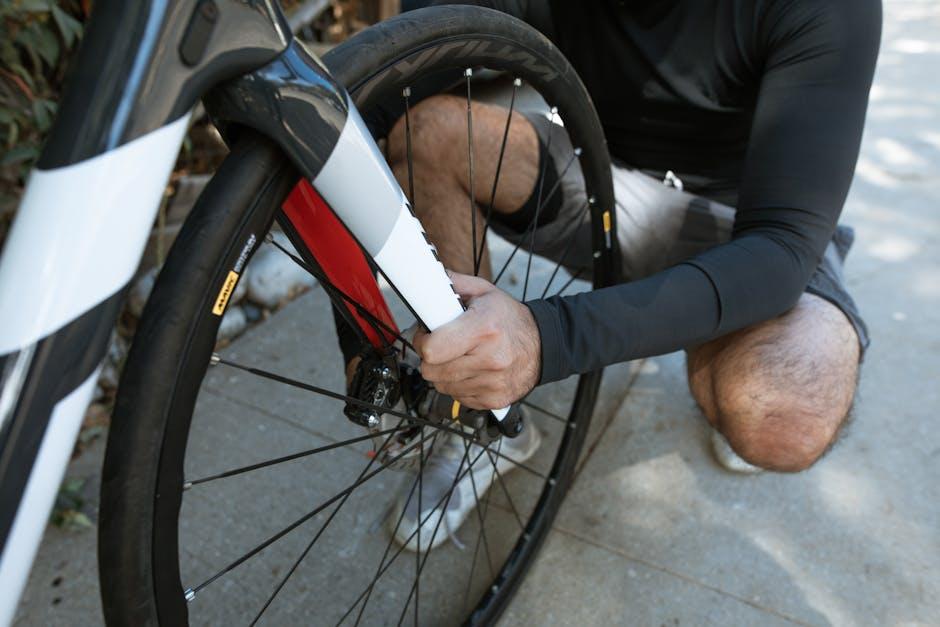Imagine this: you’ve just invested in a shiny new set of tires, eagerly anticipating smoother rides and better road grip. But as you hit the road, a nagging question lingers—do you really need to get an alignment after replacing those tires? It’s a common concern that often goes overlooked, yet the answer can significantly impact your vehicle’s performance and tire longevity. In this article, we’ll explore the relationship between new tires and wheel alignment, helping you understand when alignment is necessary and why it might be the unsung hero behind a safer, more comfortable drive.
Table of Contents
- Understanding the Role of Wheel Alignment in Tire Longevity
- Signs That Indicate Immediate Alignment is Necessary
- How New Tires Affect Vehicle Handling and Safety
- The Cost-Benefit Analysis of Scheduling Alignment After Tire Replacement
- Expert Recommendations for Alignment Intervals Post-Tire Change
- Maintaining Optimal Performance Through Regular Alignment Checks
- Q&A
- The Conclusion

Understanding the Role of Wheel Alignment in Tire Longevity
Wheel alignment is a crucial factor that directly impacts tire longevity and overall vehicle performance. When tires are not properly aligned, they can wear unevenly, causing premature degradation and forcing you to replace them sooner than expected. Proper alignment ensures that the tires make optimal contact with the road surface, distributing pressure evenly and enhancing grip, handling, and fuel efficiency. Ignoring alignment after installing new tires can lead to uneven tread wear patterns such as feathering, camber wear, and toe wear, all of which can dramatically shorten tire lifespan.
Regular alignment checks help maintain your safety on the road and protect your investment in new tires. Here are some key benefits of maintaining proper wheel alignment:
- Even Tire Wear: Extends the life of your tires by preventing uneven tread damage.
- Enhanced Fuel Efficiency: Proper alignment reduces rolling resistance, saving fuel.
- Better Handling: Improves steering response and vehicle stability.
- Smoother Ride: Reduces vibrations and pulling to one side.
| Signs Your Alignment Needs Attention | Impact on Tires |
|---|---|
| Vehicle Pulling to One Side | Uneven tread wear on inside or outside edges |
| Steering Wheel off Center | Unequal pressure on tire surfaces |
| Vibrations in Steering Wheel | Rapid irregular tire tread wear |
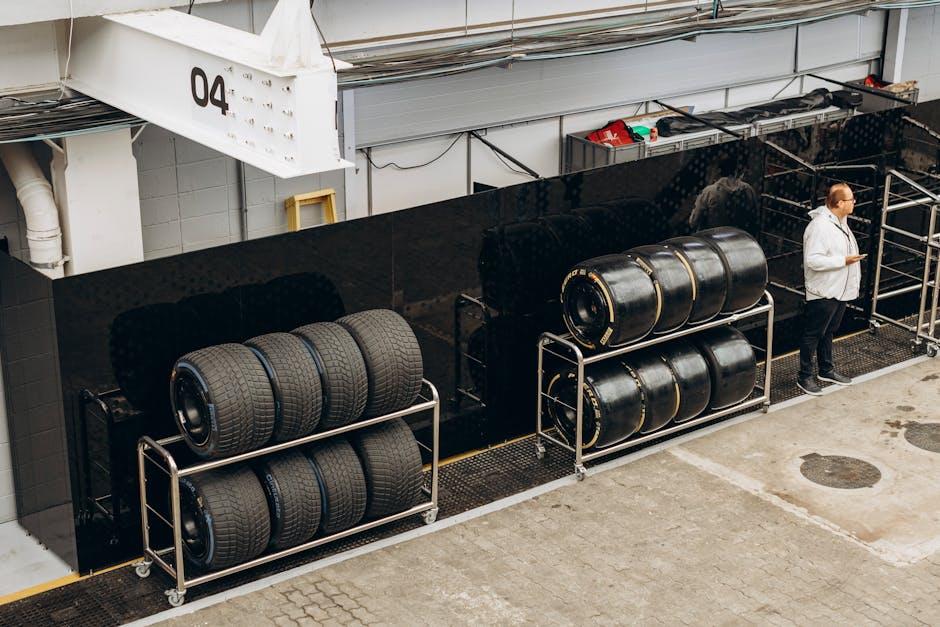
Signs That Indicate Immediate Alignment is Necessary
After putting on new tires, your vehicle might start showing subtle yet unmistakable cues that adjustment can’t wait. One clear indicator is when the steering wheel feels off-center as you drive straight, causing an uneasy grip and unpredictable handling. Equally, if you notice your car pulling sharply to one side even on a flat road, it’s a red flag that the wheels are not perfectly aligned. Another telltale sign includes uneven or rapid tire wear, which threatens the lifespan of your new investment and compromises safety. These symptoms are your car’s way of signaling that an alignment check should be high on your to-do list.
In addition to these physical signs, pay attention to the sensations underfoot and behind the wheel during your daily drive. Vibrations, especially noticeable at higher speeds, can mean the tires are not in harmony with your vehicle’s suspension and steering components. You might also experience a loose or wandering steering feel, which can interfere with precise driving and increases the risk of accidents. Below is a quick reference table summarizing these signs:
| Symptom | What It Means |
|---|---|
| Off-center Steering Wheel | Incorrect wheel positioning needing alignment |
| Vehicle Pulling | Uneven tire contact with road surface |
| Uneven Tire Wear | Misalignment causing premature tire damage |
| Steering Vibrations | Improper balance and alignment |
| Loose Steering | Compromised control and handling |
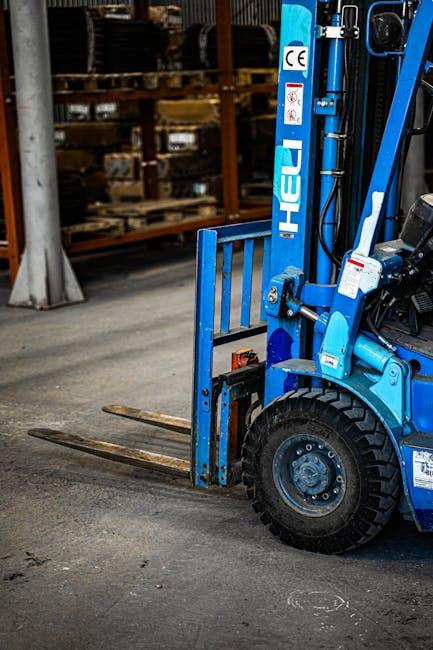
How New Tires Affect Vehicle Handling and Safety
New tires bring a noticeable change in how your vehicle grips the road, directly impacting both handling and safety. Fresh rubber compounds offer superior traction, especially in wet or slippery conditions, but without proper alignment, this enhanced grip can reveal or cause uneven tire wear. Misaligned wheels can lead to handling quirks such as pulling to one side, vibrations, or reduced responsiveness, negating the benefits of your new tires and potentially creating unsafe driving scenarios.
To maximize the performance of new tires and maintain safety standards, consider these key benefits of alignment:
- Improved steering precision — Ensures your vehicle responds accurately to your inputs.
- Extended tire life — Prevents uneven tread wear, saving you money over time.
- Enhanced fuel efficiency — Proper alignment reduces rolling resistance, helping you save on gas.
- Stable ride quality — Avoids vibrations and shaky handling for a smoother drive.
| Aspect | Without Alignment | With Alignment |
|---|---|---|
| Tire Wear | Uneven, premature | Even, longer-lasting |
| Handling | Pulling, unstable | Balanced, precise |
| Fuel Economy | Reduced | Optimized |
| Safety | Compromised | Enhanced |
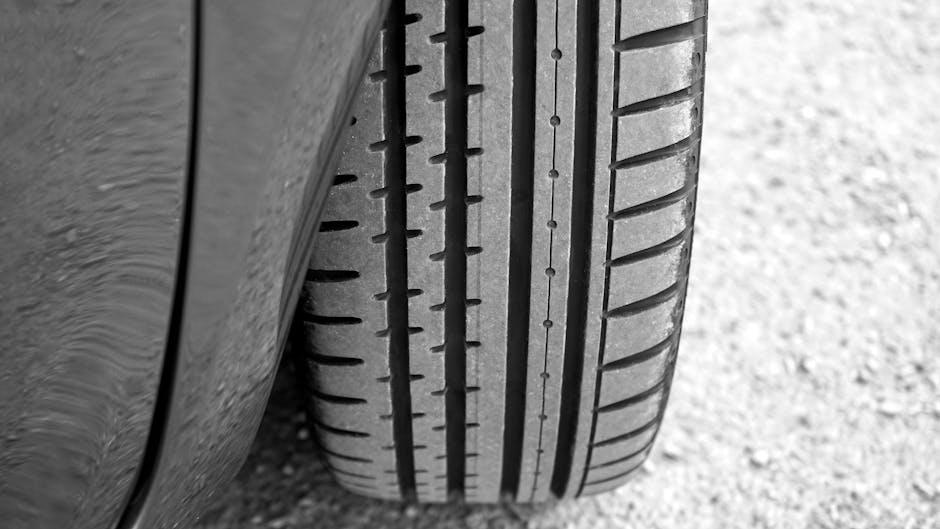
The Cost-Benefit Analysis of Scheduling Alignment After Tire Replacement
When deciding whether to invest in alignment after replacing your tires, weighing the costs against the benefits can clarify your best course of action. On the cost side, a typical alignment service usually falls within a moderate price range, often between $50 and $120. This cost is relatively small compared to the expense of new tires, but still a factor to consider. The benefits, however, extend far beyond mere convenience:
- Prolonged Tire Life: Proper alignment ensures even tire wear, potentially extending the lifespan of your new tires by thousands of miles.
- Improved Fuel Efficiency: Misaligned wheels increase rolling resistance, causing your engine to work harder and consume more fuel.
- Enhanced Safety and Vehicle Handling: Correct alignment improves vehicle stability, reducing risks especially in emergency maneuvers.
| Factor | Without Alignment | With Alignment |
|---|---|---|
| Tire Wear (Rate) | High | Moderate to Low |
| Fuel Efficiency | Decreased (~5%-10%) | Optimal |
| Initial Cost | $0 | $50-$120 |
| Long-Term Expense | Higher (More frequent tire replacement) | Lower (Extended tire life) |
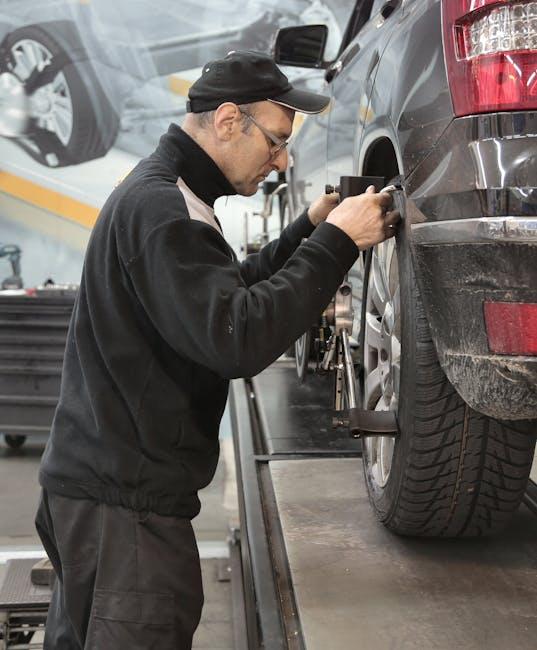
Expert Recommendations for Alignment Intervals Post-Tire Change
After installing new tires, it’s essential to know when to schedule an alignment to maintain optimal driving performance and tire longevity. Experts generally advise checking your vehicle’s alignment within the first 500 to 1,000 miles after replacement. This window allows you to identify any early signs of uneven wear or steering pull, which could indicate misalignment. If your vehicle frequently encounters rough roads or potholes, it’s wise to opt for an alignment check closer to the 500-mile mark, ensuring your fresh tires don’t wear out prematurely or affect fuel efficiency.
For ongoing maintenance, many seasoned mechanics suggest alignment intervals depending on your driving habits and conditions. Below is a quick guideline to help you determine the best timeframe:
| Driving Condition | Recommended Alignment Interval |
|---|---|
| City Driving (smooth roads) | Every 12,000 miles |
| Rural/Uneven Terrain | Every 6,000 to 8,000 miles |
| Off-Road or Frequent Rough Surfaces | Every 3,000 to 5,000 miles |
Regular checks combined with timely alignments ensure your new tires deliver their best performance and safety. Don’t overlook this simple step in your tire maintenance routine.
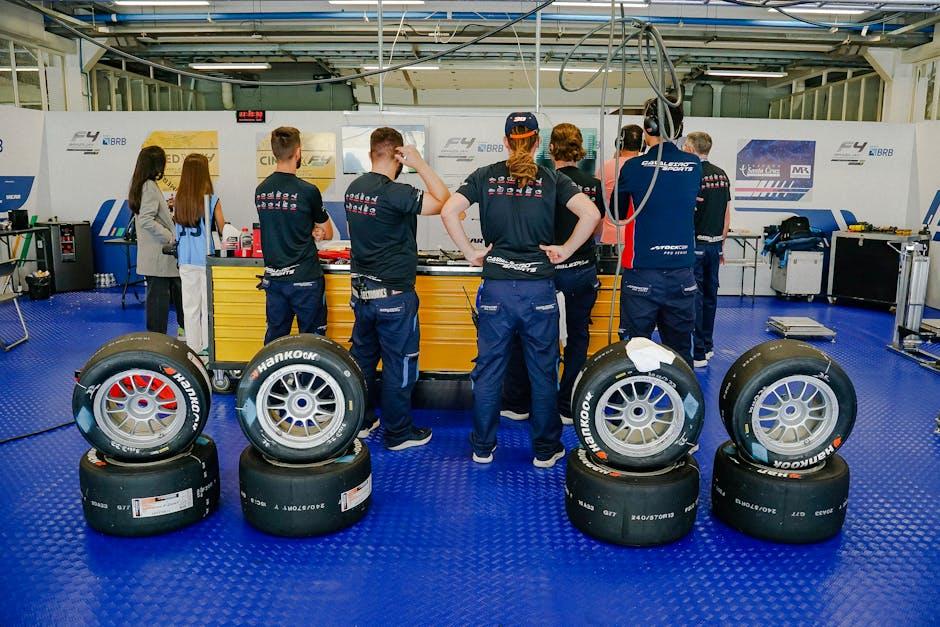
Maintaining Optimal Performance Through Regular Alignment Checks
Regular alignment checks play a crucial role in preserving your vehicle’s handling and extending the life of your tires. Over time, even minor deviations in alignment can lead to uneven tire wear, diminished fuel efficiency, and a less comfortable driving experience. By scheduling routine alignment inspections, you ensure that your tires meet the road at the correct angle, distributing weight evenly and promoting smooth, predictable steering.
Consider the key benefits that come with consistent alignment maintenance:
- Enhanced Tire Longevity: Prevents premature tread wear and maximizes tire lifespan.
- Improved Safety: Maintains vehicle stability and optimal braking response.
- Better Fuel Economy: Reduces rolling resistance, saving on fuel costs over time.
| Check Frequency | Recommended Interval | After Tire Replacement? |
|---|---|---|
| Alignment Checks | Every 12,000 miles or annually | Yes, highly recommended |
| Tire Rotation | Every 5,000 to 7,500 miles | Yes |
| Balancing | With every tire change | Yes |
Q&A
Q: Do I need an alignment after replacing my tires?
A: Not always, but it’s generally a good idea. New tires provide optimal performance only when your wheels are properly aligned. Misalignment can cause uneven tire wear, affecting the lifespan of your new tires and your vehicle’s handling.
Q: What signs indicate I might need an alignment after getting new tires?
A: If you notice your car pulling to one side, uneven tread wear, a crooked steering wheel when driving straight, or vibrations, these are clear signs that an alignment is necessary.
Q: Can I ignore alignment if it wasn’t done before installing new tires?
A: Ignoring alignment can cost you more in the long run. New tires won’t wear evenly on a misaligned vehicle, leading to premature replacement. Proper alignment ensures safety, fuel efficiency, and tire longevity.
Q: How often should I get my alignment checked?
A: It’s wise to check your alignment every 6,000 miles or at least once a year. Also, get an alignment check if you hit a pothole, curb, or notice any handling issues.
Q: Does replacing just two tires require an alignment?
A: Whether replacing two or four tires, an alignment is beneficial. It helps maintain balanced handling and prevents uneven wear, especially when mixing old and new tires on your vehicle.
Q: What exactly does an alignment do?
A: Alignment adjusts the angles of your wheels—camber, caster, and toe—so they meet the manufacturer’s specifications. This ensures your tires contact the road evenly and your vehicle drives straight.
Q: Is alignment expensive, and is it worth the cost?
A: Alignment costs vary but are generally affordable compared to the expense of premature tire wear and reduced fuel efficiency. Investing in an alignment after tire replacement is a cost-effective way to extend tire life and maintain driving safety.
Q: Can I perform an alignment myself after changing tires?
A: Proper alignment requires specialized equipment and expertise. It’s best left to professional mechanics to ensure precise adjustments.
Q: In summary, should I get an alignment after replacing my tires?
A: Yes. To protect your investment in new tires and maintain optimal vehicle performance, an alignment check or adjustment after tire replacement is a smart and practical step.
The Conclusion
In the end, while new tires can breathe fresh life into your vehicle’s performance and safety, alignment ensures that this upgrade truly delivers on its promise. Skipping an alignment after replacing tires might save time or money upfront, but it could lead to uneven tire wear and compromised handling down the road. Think of alignment as the finishing touch—a subtle adjustment that keeps your ride smooth, safe, and steady. So, next time you invest in new tires, consider alignment not just an option, but an essential step in keeping your journey balanced and trouble-free.
